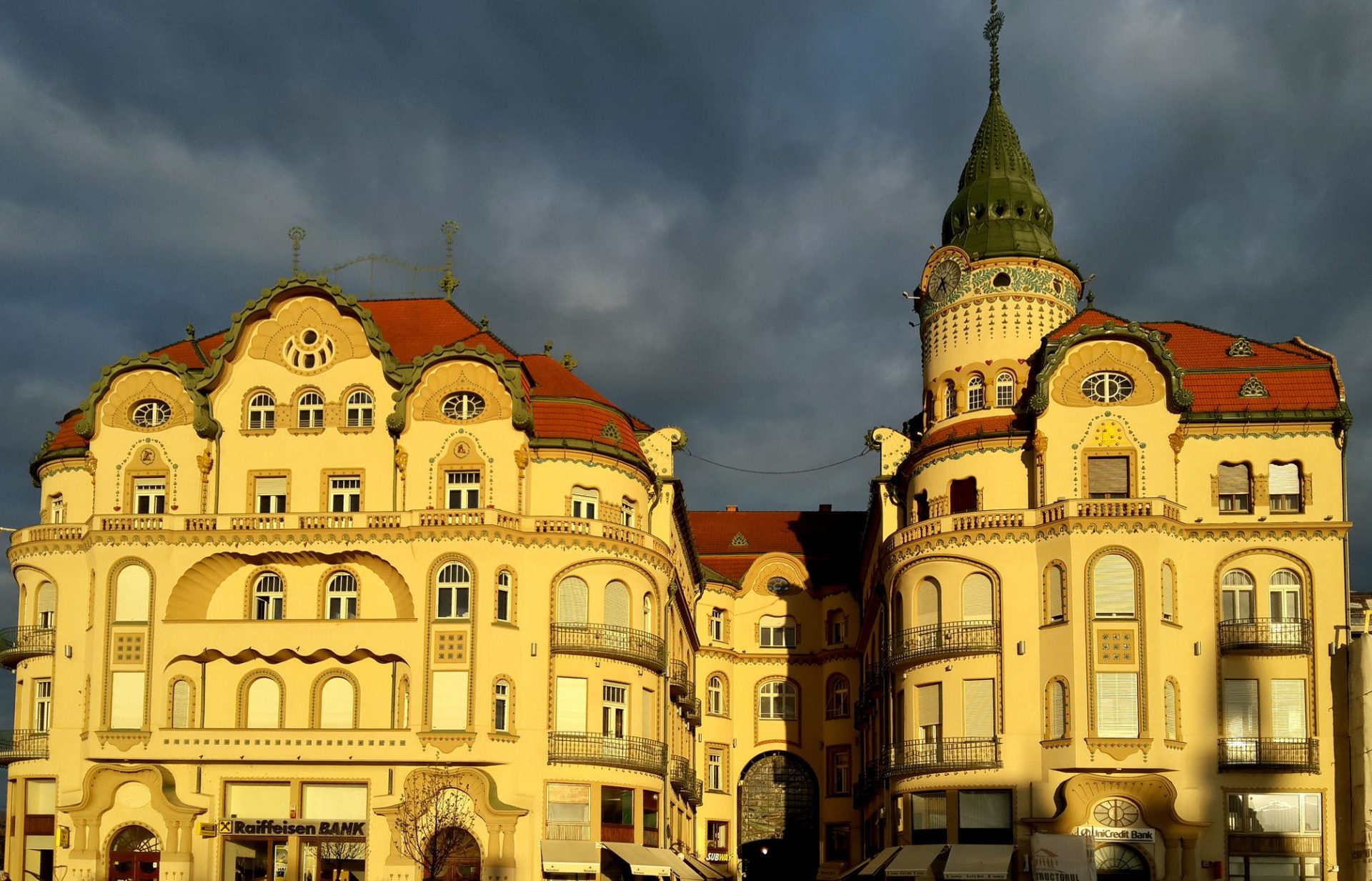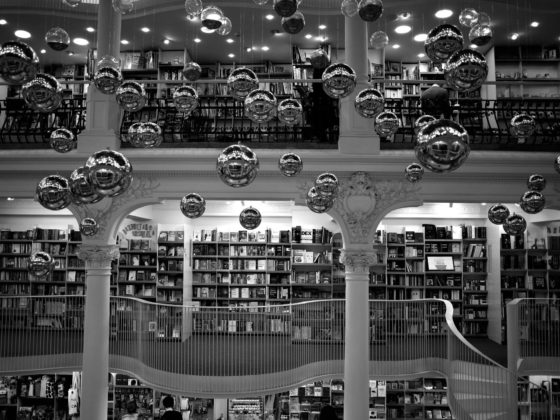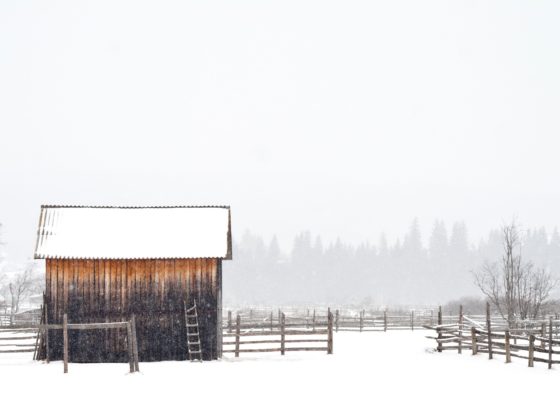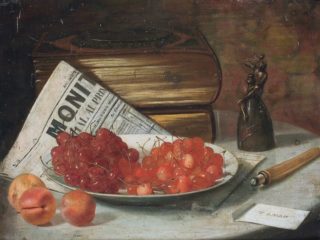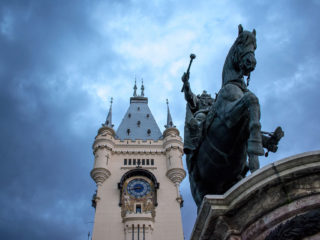Updated in September 2020.
There are definitely many things to see and do in Oradea and nearby, but if you’re looking for just one reason to visit the city, it must be its Art Nouveau heritage. The large number of buildings with architectural and historical value haven’t just put Oradea on the Art Nouveau European Route (alongside Barcelona, Glasgow, Budapest, Brussels, and others) in 2012, but have become tourist attractions in themselves. Luckily, for locals and visitors alike, many of these buildings have been recently restored, while others are in the process of restoration, or on the agenda of the local authorities, who seem to have understood the importance of such a step in the development of the city.
Art Nouveau
The movement was prominent mainly in Western Europe and U.S.A. in the late 19th and early 20th centuries. It bears different names, per places of origin—Art Nouveau, Modernisme, Secession, Jungendstil, stile floreale, etc.—and it was considered a complete art style, manifesting itself in all the fine and decorative arts, from architecture, furniture and interior design to graphic design, painting, ceramics, glass work, textiles, jewellery and metal work. The artists aimed at modernising the design, in an attempt to escape the previous historicism that dominated the 19th century. They drew their inspiration from nature, using long, sinuous lines that evolved into floral and geometrical designs. Artists like Alfons Mucha, Antoni Gaudí, Margaret Macdonald Mackintosh, Gustav Klimt, or Victor Horta are some of the most iconic names associated with Art Nouveau.
Vienna Secession Style in Oradea
In Oradea the movement best expressed itself through architecture, being influenced by the Viennese Secession style. Following their motto, “To every age its art. To every art its freedom”, the Viennese artists were mainly interested in the possibilities of art outside the confines of the established academic tradition. During that period, architects focused on bringing purer geometrical forms into the designs of their buildings; they drew inspiration from the neoclassical architecture, adding natural elements.
The turn of the 20th century was marked by an important economical growth of the city, which became, at the same time, a dynamic and well-established cultural centre in Transylvania. The economical and cultural growth was best seen in the remodelling of the city. To this day, the beauty of Oradea is largely due to the remarkable Secessionist buildings—some of them called palaces, and for a good reason! The main protagonists in the transformation of the city were renowned architects of the era—Kálmán Rimanóczy Jr, László and József Vágó, Marcell Komor, Dezsö Jakab, Valér Mende, Franz Löbl, and others.
Heritage Buildings
Whether you choose a guided tour or rather visit the places by yourself, the good news is that the Art Nouveau buildings are quite grouped, mainly in 3 important sections. Unfortunately, most of them cannot be visited inside, since they hold offices or apartments.
To start with, Unirii Square is home to two impressive palaces: Moskovits Adolf and Sons—a monument of geometrical refinement and Black Eagle Palace, which is, by far, the most representative Secessionist building in Transylvania, and, fortunately, open for visitation. The palace was finished in 1908 and was a multifunctional space, with a hotel, a theatre, cafés, ballrooms, shops and studios. Works for the rehabilitation of the palace started in 2011, and today the palace hosts a theatre studio, pubs, cafés, and offices.
Likewise, Ferdinand Square, dominated by the State Theatre, boasts some more Secessionist gems: The Adorjan Houses, Transylvania Hotel, Astoria Hotel and Poynar Mansion. The latter is built at the corner of Ferdinand Square and Nicolae Grigorescu Street, featuring two identical façades that display beautifully ornamented window frames and cornices, with floral and zoomorphic motifs.
Not far from the area, on Iosif Vulcan Street 11, Darvas – La Roche House, considered at the time of its building, 1911, the most original house in Oradea, has become the first Art Nouveau museum in Romania, opened in August 2020, after a rehabilitation that took 2 years. The museum showcases permanent exhibitions of Art Nouveau interiors specific to Oradea, as well as temporary exhibitions and video mapping events. The place will also hold workshops, various cultural events, and conferences.
Republicii Street, Oradea’s famous pedestrian zone, is probably one of the busiest parts of the city, with lots of shops, cafés and restaurants. It also parades a lot of Secessionist palaces, like Stern Palace, which features delicate folkloric motifs, Apollo Palace, a building of great proportions and impressive ornamentations, or the eclectic Rimanóczy Kálmán Jr. Palace. Moskovits Miksa Palace is one of the recently renovated heritage buildings—highly ornamented with vegetal motifs and remarkable ironwork.
Significantly, another building of great importance for the city’s heritage—both cultural and spiritual—is Ullmann Palace, in 1 Decembrie Square. The historical monument, an apartment building, is of great importance for the Jewish community, not only because its façade displays sacred Hebrew symbols, but also because during WWII the building was part of the Jewish ghetto, the place where the Jews were gathered before being deported to extermination camps.
In 2018, for the first time, Oradea joined in the celebrations dedicated to the Art Nouveau Day, observed on the 10th of June, with guided tours, exhibitions, and an impressive video mapping on the Black Eagle Palace.
Also, while in Oradea, you might want to:
- get to Ciuperca, The Mushroom Hill, for an amazing, panoramic view of the city;
- choose a guided tour, to find about Oradea’s rich spiritual history or lesser-known parts of the city;
- take a day trip to Peștera Urșilor, The Bears’ Cave, one of the most mysterious caves in Romania.
Featured image: Thomas Hackl / flickr

